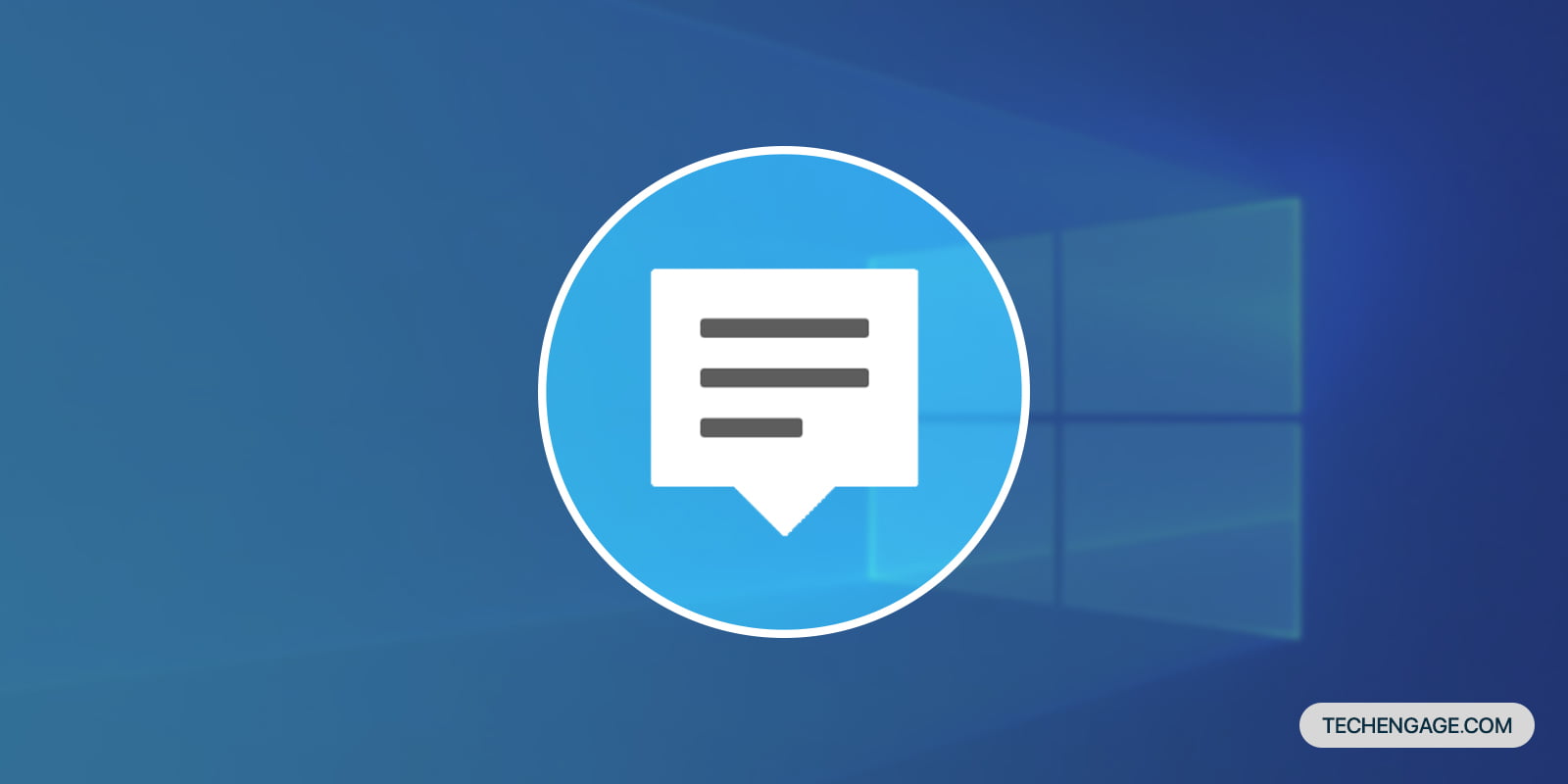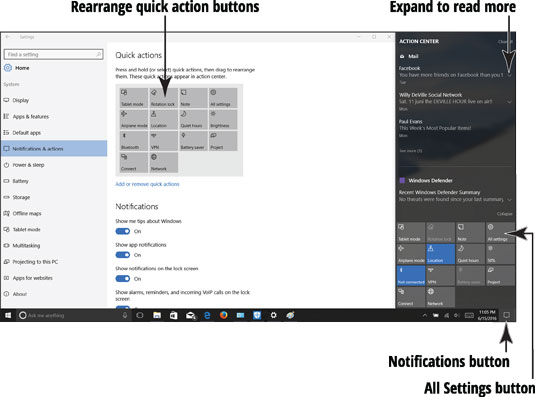

However, even Windows 8’s toast notifications expire after a while without any way to retrieve them. It fixes the operating system’s notification pitfalls running up to Windows 8. Couched on the right side of the taskbar, the slide-out panel serves as a central hub to quickly launch tools and view notifications. To disable those notifications, go to Settings app → System → Notifications & actions, and disable the notifications you don’t want to see anymore.Microsoft introduced the Action Center in Windows 10 and changed how we use specific settings. Note that disabling Action Center through the ways described above will not get rid of the notifications that pop up from time to time when something happened. Restart the computer and you should no longer see the Action Center. Then, create a DWORD32 Value called DisableNotificationCenter. If there is no Explorer key under Windows, create one by right-clicking on the Windows key, select New, then Key, and name it as Explorer.

Open Registry Editor and navigate to the following location: HKCU\Software\Policies\Microsoft\Windows\Explorer The change should kick in after a minute or two.

Then navigate to the following location: User Configuration → Administrative Templates → Start Menu and TaskbarĪnd enable the setting called “ Remove Notifications and Action Center“. Go to Start menu and do a search for “Group Policy”, and select Edit Group Policy from the list to launch the Local Group Policy Editor. But if it’s one of the things you don’t really use, you can still disable it from running and popping up. Action Center is actually pretty useful in Windows 10 with the combination of notifications from all sorts of sources and quick action buttons for easy access to various system related things.


 0 kommentar(er)
0 kommentar(er)
